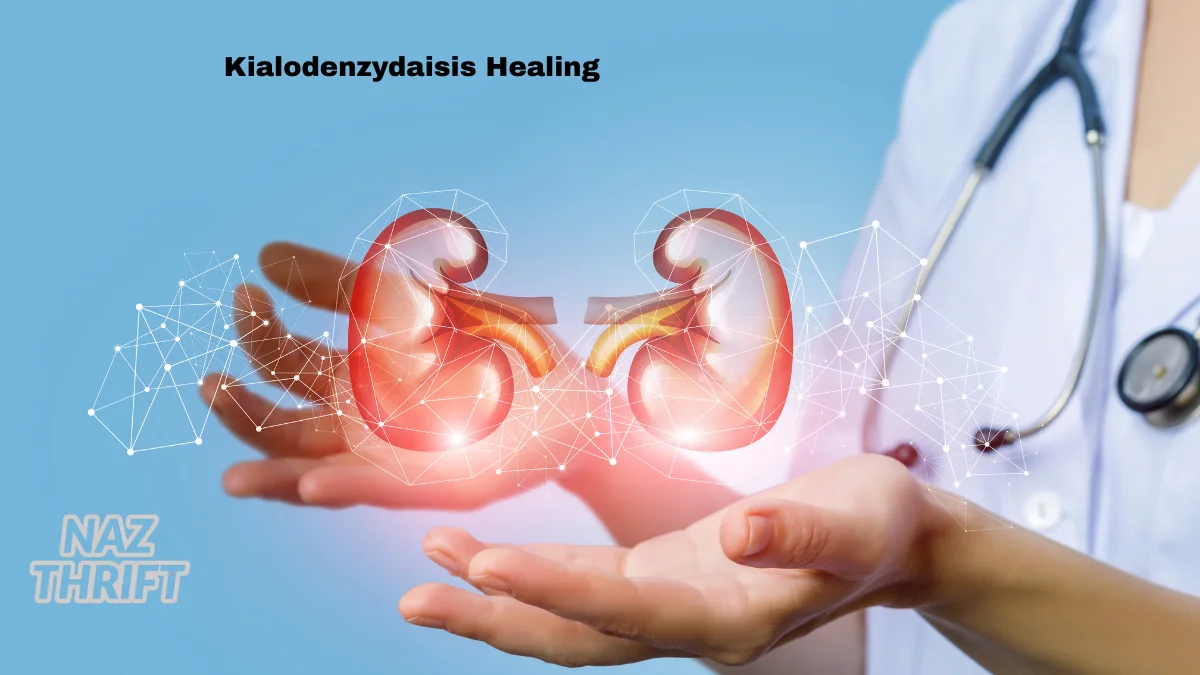What is Yazmosrolemia?
Yazmosrolemia is a term that has garnered interest across various fields, from academic studies to popular culture. The origin of yazmosrolemia can be traced back to a combination of ancient linguistic roots, which reflect both its etymological significance and cultural relevance. The word is derived from a synthesis of two ancient words: ‘yazmo,’ meaning ‘to unveil’ or ‘to reveal,’ and ‘srolemia,’ which can be interpreted as ‘presence’ or ‘existence.’ This combination suggests a concept centered around the unveiling of essential truths pertaining to various phenomena.
Traditionally, yazmosrolemia has been associated with events or phenomena where deeper insights are revealed, fostering an understanding that transcends superficial interpretations. Cultural narratives often depict yazmosrolemia through mythological stories and philosophical discourse, where individuals seek to understand life’s complexities. Over time, this term has evolved, accommodating contemporary insights while retaining its core essence of revelation and understanding.
In modern contexts, yazmosrolemia may refer to various processes or experiences, including introspective journeys, social movements aimed at accountability, or scientific explorations that strive to uncover hidden facts. Its versatility allows it to be applicable in discussions ranging from personal growth to critical societal analyses. As such, understanding yazmosrolemia involves recognizing its fluidity and relevance across different domains.
In various disciplines, scholars have employed the concept of yazmosrolemia to frame discussions pertaining to enlightenment and discovery. From literature to social sciences, it serves as a guiding principle for those who seek truth in their respective fields. As we navigate its meanings and implications, it becomes evident that yazmosrolemia invites individuals to explore deeper truths and challenge accepted norms.
Key Characteristics of Yazmosrolemia

Yazmosrolemia is a complex and multifaceted condition that exhibits a variety of defining characteristics. This intricate phenomenon can be understood through its numerous elements, features, and typical manifestations. One of the primary aspects of yazmosrolemia is its impact on cognitive and emotional processing. Individuals experiencing this condition often report difficulties in decision-making and emotional regulation, affecting both personal and professional relationships.
Furthermore, yazmosrolemia is often characterized by physical symptoms such as fatigue, disturbances in sleep patterns, and heightened sensitivity to stimuli. These symptoms can significantly impede daily functioning and overall quality of life. Research indicates that individuals suffering from yazmosrolemia may find themselves confronted with challenges that extend beyond mere physical discomfort, encompassing psychological distress that can exacerbate the individual’s experience of the condition.
In terms of manifestations, the condition can present in various forms. For example, case studies have documented instances of yazmosrolemia in educational settings, where students exhibit declining academic performance coupled with increased anxiety levels. Similar patterns can be observed in workplaces, where employees affected by yazmosrolemia struggle with productivity and interpersonal dynamics due to the aforementioned cognitive and emotional challenges.
Moreover, diagnostic criteria for yazmosrolemia are progressively becoming more refined, allowing healthcare professionals to better identify and treat affected individuals. A noteworthy characteristic of this condition is its variability; the intensity and combination of symptoms can differ dramatically among individuals. This variation highlights the need for personalized approaches in treatment and support. Consideration of the unique experiences of those with yazmosrolemia is essential for effective intervention and management, ensuring that strategies are tailored to each person’s needs.
Impacts and Implications of Yazmosrolemia
The phenomenon of yazmosrolemia extends its influence across various domains, shaping society, culture, and technology in both profound and subtle ways. As understanding of yazmosrolemia evolves, its implications are increasingly recognized, prompting discussions among stakeholders from diverse fields. For instance, in social contexts, yazmosrolemia can foster community engagement and cohesion by providing a platform for individuals to connect around shared interests. This aspect highlights the positive potential of yazmosrolemia in enhancing social networks and interpersonal relationships within communities.
On the cultural front, yazmosrolemia may challenge traditional norms and encourage the exploration of new ideas. This can lead to cultural adaptations that celebrate diversity and innovation. However, not all impacts are benevolent. The rapid integration of yazmosrolemia into everyday life can also precipitate cultural homogenization, wherein unique cultural expressions may fade, giving way to a more uniform global culture. Thus, while yazmosrolemia presents opportunities for artistic exchange, it also poses risks of diminishing cultural heritage.
Technologically, yazmosrolemia is a driving force in the development of advanced tools and platforms, promoting efficiency and connectivity. Businesses that embrace the technological aspects of yazmosrolemia are often better positioned to thrive in competitive landscapes by enhancing productivity and streamlining processes. Nevertheless, reliance on yazmosrolemia-driven technologies can lead to challenges such as data privacy concerns and an increase in disparities between those who can access these technologies and those who cannot.
In considering future developments, the trajectory of yazmosrolemia suggests a complex interplay between constructive progress and potential pitfalls. Stakeholders must navigate these realms thoughtfully to leverage the benefits of yazmosrolemia while mitigating any negative consequences. By fostering open dialogue and investing in research, societies can work toward a balanced embrace of yazmosrolemia that respects cultural uniqueness and promotes technological advancement.
Conclusion: The Future of Yazmosrolemia
As we reflect on the complexities surrounding yazmosrolemia, it is evident that this area of study encompasses various dimensions that warrant further exploration. The discussions held throughout this article have illuminated the multifaceted nature of yazmosrolemia, revealing both its historical context and its implications for contemporary society. One of the central themes identified is the necessity for ongoing research and dialogue, particularly in light of the rapidly evolving landscape of related disciplines.
Looking ahead, several key areas emerge as essential for future inquiry. Firstly, the impact of technological advancements on yazmosrolemia cannot be understated. Emerging tools and methodologies are likely to enhance our understanding of its mechanisms, possibly leading to innovative applications or interventions. This trajectory suggests a promising convergence of traditional study with modern technology, fostering new insights.
Furthermore, there is a compelling need to investigate the sociocultural dynamics surrounding yazmosrolemia. Understanding how societal perceptions and cultural contexts shape its discourse may open new pathways for reflection and action. The importance of interdisciplinary approaches cannot be overlooked, as collaboration between fields can yield comprehensive insights into the phenomenon.
Finally, fostering a continuous dialogue among scholars, practitioners, and the general public is crucial. Engaging diverse perspectives will not only enrich the conversation around yazmosrolemia but also help to address any misconceptions or gaps in knowledge. As we look to the future, it is imperative that we remain committed to exploring the intricacies of yazmosrolemia, ensuring that it retains relevance and adaptability in the face of change.










